There are certain crafts that seem to carry a heartbeat of their own, works of art that are more than the sum of fabric, thread, and scissors. Quilting has always been one of those. For centuries, quilts have not only kept families warm but also told stories of resourcefulness, community, family ties, and creativity. Among
There are certain crafts that seem to carry a heartbeat of their own, works of art that are more than the sum of fabric, thread, and scissors. Quilting has always been one of those. For centuries, quilts have not only kept families warm but also told stories of resourcefulness, community, family ties, and creativity. Among the many quilting traditions, one in particular has been gaining renewed attention: the rag quilt. Unlike sleek, precision-cut quilts with hidden seams and flawless finishes, rag quilts embrace a rustic, homey charm. Their seams are left exposed, intentionally frayed to form soft, fluffy edges. They are tactile, cozy, and deeply personal. One glance at a handmade rag quilt, like the festive Christmas tree design pictured above, and you instantly feel both nostalgia and joy. It’s the kind of blanket that makes you want to curl up with a cup of cocoa, knowing you’re wrapped in more than just fabric you’re wrapped in love.
A rag quilt is typically constructed from squares of fabric, most often cotton or flannel, layered with batting (a soft, warm middle layer) and a backing piece. Each square is sewn together with its seam allowance on the outside rather than hidden inside. Once the pieces are stitched into a full quilt top, the seams are clipped with scissors and the entire piece is washed. This washing process encourages the fabric edges to fray and soften, creating the signature ragged look. The method is approachable, forgiving, and delightfully rewarding. Instead of worrying about precision points or intricate patterns, makers get to enjoy the process. The result is a quilt that grows even more charming with time: the more it’s used and washed, the softer and fluffier it becomes.
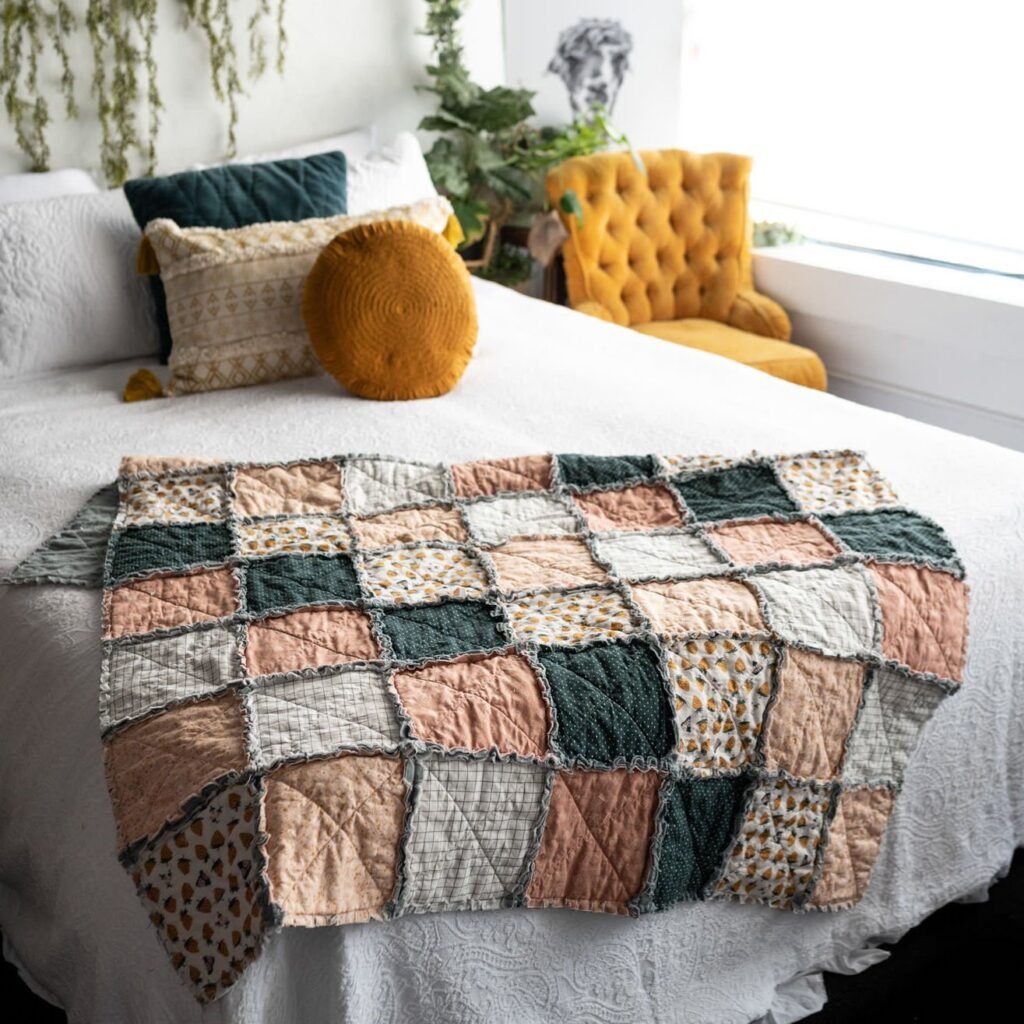
A Quilt for Every Story and Season
One of the reasons rag quilts have captured so many hearts is their versatility. They can be designed for nearly any occasion. Baby rag quilts, made from soft flannel, are often cherished as first blankets durable enough to endure countless washings, yet gentle enough to comfort a newborn. Wedding quilts and anniversary quilts may use fabrics with special meaning, turning the blanket into a keepsake of shared history.
Holiday quilts are particularly beloved. The Christmas tree quilt is a perfect example of how this art form meets celebration. With carefully chosen squares in shades of green, white, red, and brown, the maker transforms simple fabric into a joyful, festive centerpiece. Unlike mass-produced holiday decorations, a handmade quilt carries heart. It becomes part of family traditions pulled out each December, admired by visitors, spread across the sofa as carols play in the background. Over time, it becomes part of the season itself, layered with memory.
But rag quilts don’t have to be seasonal. Many quilters create lap quilts for chilly evenings, picnic quilts for summer, or large bed quilts that can become heirlooms passed down from generation to generation. Each one tells a story through color, fabric choice, and design.

A Heritage of Resourcefulness
To understand rag quilts, it helps to remember their roots. Quilting itself began as an act of necessity. Families, especially in rural America, often made quilts out of scraps: worn-out dresses, flour sack cloth, or leftover fabric from other sewing projects. Nothing was wasted. Rag quilting echoes this heritage, celebrating the beauty of imperfection and the practicality of turning what’s on hand into something both useful and beautiful. In many ways, rag quilts are the most democratic of quilts. They don’t require advanced skills, expensive machines, or perfect fabric cuts. Instead, they thrive on creativity and resourcefulness. This makes them especially meaningful today, in an age where people are yearning for handmade, sustainable, and personal alternatives to factory-made goods.
Making a rag quilt is a journey in itself. It begins with choosing fabrics flannel is especially popular because it frays beautifully and offers incredible softness. Squares are then cut, often around 6 to 10 inches, and layered: a backing piece, a piece of batting, and the top fabric. Quilters stitch a simple “X” across each square to hold the layers together. Next comes assembly. The squares are joined together, seam sides facing up, so the raw edges remain on the outside. Once the full quilt is pieced together, the maker carefully snips into the seams, creating short cuts that will fray in the wash. The final step is perhaps the most exciting after a good wash and dry, the quilt emerges transformed, its seams fluffing into soft, ragged ridges that invite touch and warmth. It’s worth noting that rag quilting is not only forgiving but also adaptable. Makers can play with color, pattern, or even the shape of the quilt. From bold geometric designs to whimsical hearts, stars, or Christmas trees, the possibilities are endless.

Quilts are rarely just fabric. They’re acts of connection. Throughout history, quilting bees brought neighbors and families together, often in long evenings of laughter, storytelling, and shared work. Rag quilting continues that tradition. Because the technique is simple, it’s often a gateway for beginners children learning from grandparents, friends gathering to craft, or communities coming together to make charity quilts for hospitals, shelters, or veterans. There’s something profound about sitting in a circle of loved ones, hands busy, stories flowing, while a quilt slowly takes shape. By the time the last seam is clipped, the quilt carries not just warmth but also the echoes of those conversations and the presence of those who stitched it.
In today’s fast-paced world, where so much is mass-produced and disposable, rag quilts remind us of slower, more intentional living. They honor tradition while offering modern makers a creative outlet. They are practical yet beautiful, imperfect yet perfect in their own way.

A rag quilt draped over a chair signals welcome. One laid across a child’s bed promises comfort. A holiday quilt, folded carefully each year, becomes a bridge between generations, carrying memories of past celebrations into future ones. Above all, rag quilts matter because they represent care. Every cut, every stitch, every clipped seam is a small act of devotion whether to the craft itself, to the recipient of the quilt, or simply to the joy of creating something lasting.
When you look at a rag quilt whether it’s adorned with polka-dot greens for a Christmas tree or stitched from old shirts to preserve a loved one’s memory you’re looking at more than a blanket. You’re seeing a story written in fabric. You’re touching time, resourcefulness, and love, all stitched together. Perhaps that’s why rag quilts resonate so deeply. They’re not just for warmth on a cold night; they’re for remembering who we are, where we’ve come from, and the ways we care for one another. And in a world where connection and meaning matter more than ever, that makes them priceless.
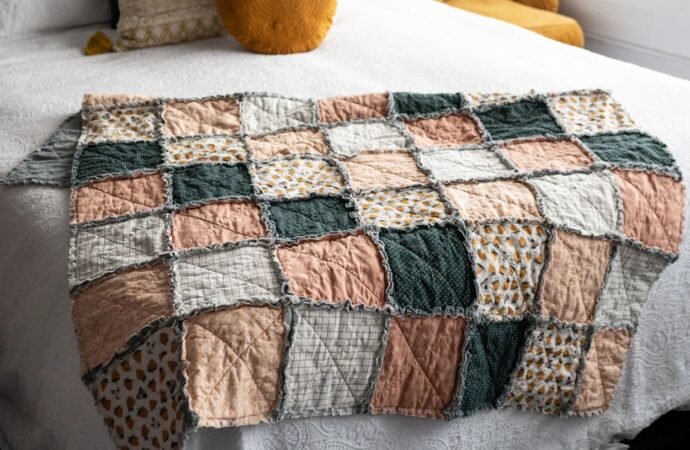

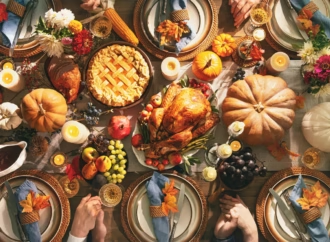
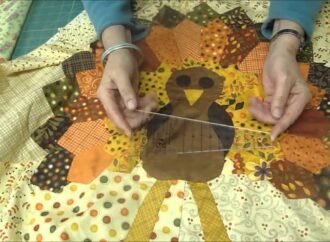



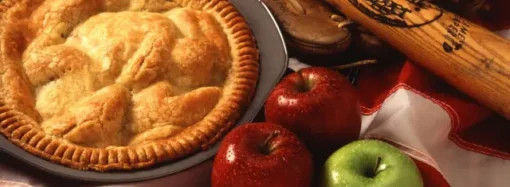


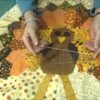






Leave a Comment
Your email address will not be published. Required fields are marked with *